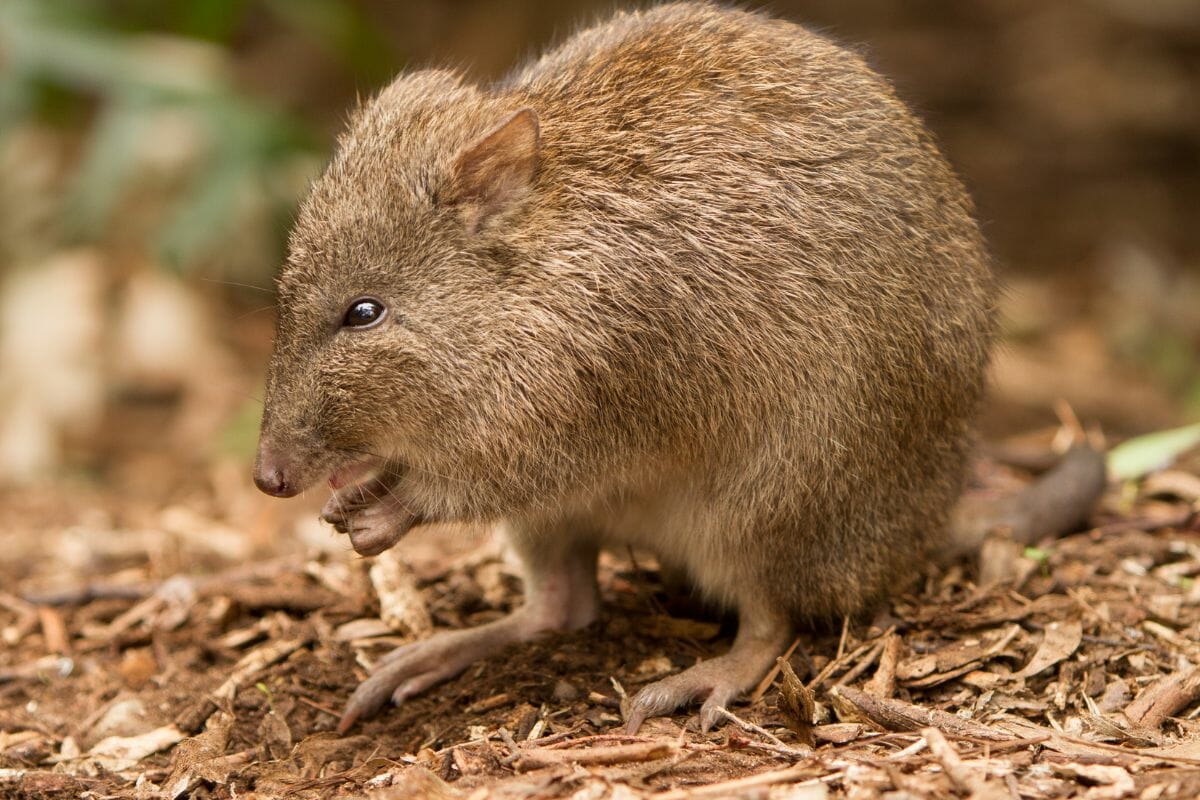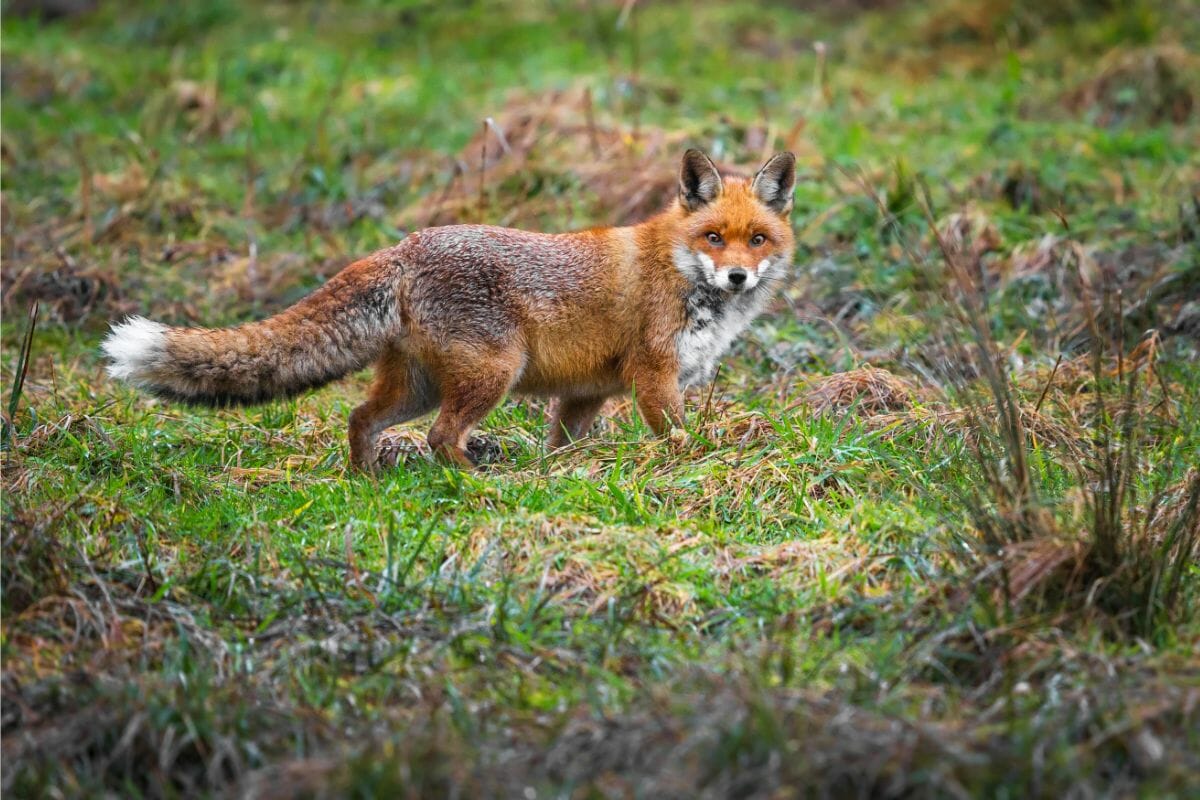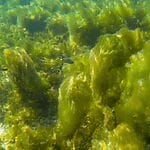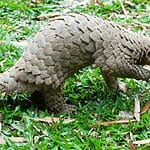Gilbert’s potoroo is renowned for being one of the rarest and most elusive creatures in the Australian ecosystem – known for its small stature, critically endangered status, and devastatingly dwindling population.

But what exactly is the Gilbert’s potoroo, and why have they become so endangered?
What Is Gilbert’s Potoroo?
Named after John Gilbert – an early settler in Australia – Gilbert’s potoroo is a small, critically endangered marsupial found in southwestern Australia.
Also known as the ngilkat in the native noongar language of the aboriginal peoples from this region, Gilbert’s potoroo was considered widely extinct throughout much of the 20th century, that is until 1994, when the creatures were rediscovered – were they existed alongside quokkas in the Two People’s Bay Nature Reserve.
What Do They Look Like?
In many ways, the Gilbert’s potoroo resembles a rat – or other large rodents – in size, build, and shape, with the exception of a furry tail, instead of the stereotypical bald one found in rats.
With rufous brown fur, long hind feet, and curved front feet designed for digging, the potoroo also has a long thin snout, which is pointed downwards to aid with hunting, tracking, and directions.
They also have bulging eyes, and nearly hidden ears – which remain almost unseen under the thick layer of fur.
In terms of dimensions, Gilbert’s potoroos tend to be around 708-1205g in females, and between 845-1200g in males.
This is generally combined with a head and body length of around 11 inches, and a tail length of around 9 inches long.
What Do They Eat?
When it comes to their diet, Gilbert’s potoroo consumes a mostly mycophagous diet – that is, one consisting mainly of a specific truffle-like fungus found in their native region, although they are known to consume a variety of mushrooms.
They are also thought to consume fresh fruits, as well as things like seeds – all of which have been found in their scat.
As well as the fungus in their diet, they are also known to consume plant leaves and stems, as well as small invertebrates – such as worms, slugs, and snails.
The latter point has raised many questions as to their dietary limitations, with many surmising that they are omnivorous – albeit only in the sense that they consume invertebrates. As of now, there is no evidence of them consuming animals with bones.
What Is There Habitat?
The creatures habitat in southwestern Australia was widespread, but limited to this geographical region, with specific burrows being found in shallow shrubland, and usually covered with a thin layer of canopy to protect them from predatory birds.
It has also been noted that their natural environment has not been burned by wildfires in over 50 years, suggesting that the area was chosen by the creatures due to the moisture of the vegetation, and the relative safety it provides.
Why Are They So Endangered?
The fact of the matter remains that they are the rarest marsupial in the world, and remain at a near constant level of critical endangerment.
There are of course numerous reasons for this, encompassing many different facets of their existence.
Fire
Despite their current habitat providing them much protection from wildfires for several decades, the surrounding areas have not been as lucky, and this is thought to be the main reason for their low population over the last century.
Predators
They are also widely susceptible to predators, something that has made them dwindle as a species over the course of the last two hundred years since their discovery.
Some major predators of the Gilbert’s potoroo are foxes and wildcats – both of which occupy the same habitat as the potoroos, and pose constant threats to the minimal numbers that remain.

While efforts have been made to try and stop this, there is little they can do without actively stopping other species from eating and hunting.
Reproduction
Another problem is that they have extremely low patterns of reproduction. Generally speaking, female potoroos can only have two babies each year, with their bodies only being able to carry one at a time.
This means that, alongside the other factors on this list, the population simply cannot recover quick enough.
Human Expansion
Despite contemporary efforts to protect the potoroos, this wasn’t always the case, and in the earlier decades of human expansion throughout Australia, many habitats were destroyed, and species limited.
This would have taken a huge toll on the potoroo population, a toll that has never quite been recovered since.
Sickness
There have also been instances where sickness was discovered in potoroos that had been taken into captivity from the wild. This consisted of them losing body mass by up to 32% at alarming speeds, and eventual death.
It is thought that this mystery sickness could be a contributory factor to their decline in the wild, a sickness that still poses a large potential threat to the remaining concentrations of potoroos.
The sickness has been compared to cryptococcosis – a fungal based infection seen commonly amongst animals in the wild.
How Many Potoroos Are Left?
In the wild, there are only thought to be around 100 potoroos left. This is obviously an alarmingly low number, and one that has continued to fluctuate back and forth over the course of the last couple of decades.
What Conservation Efforts Are There?
Of course, governmental and scientific bodies have begun taking numerous steps to conserve the existing population of Gilbert’s potoroos in the wild, although these have had limited success.
Captive Raising
One measure was to take as many young potoroos as they could into captivity, with the aim of raising them in a safe environment in a desperate attempt to increase the population – with a view to eventually releasing them back into the wild.
This breeding process stopped after continued problems – namely with age differences, and a recurring illness caused balanoposthitis, an inflammatory disease that attacked the penis of the male potoroos.
Education
Another passive method of conservation has been the continual education of people about the potoroo and the trouble that they face.
This not only has the benefit of raising awareness, but can inspire a whole new generation of people to care for the potoroos and to not treat them like pests.
Relocation
There have also been attempts to relocate populations of potoroos to other places – such as Bald Island. This was seen as insurance, and viable due to the lack of threats, humans, disease, and predators.
Other locations included Michaelmas Island, and Waychinicup National Park – although a colony of carpet pythons, resulting in numerous potoroos being eaten.
Final Thoughts
And there we have it, everything you need to know about Gilbert’s potoroo, and just how rare it is in the animal kingdom.
It’s true that the potoroo is a remarkable creature, and one that has developed a special place in the hearts of the Australian people – if only for the fact that it is so elusive and rare in the wild.
So if you want to learn more about Gilbert’s potoroo, or indeed help with conservation, then why not conduct some more research?









